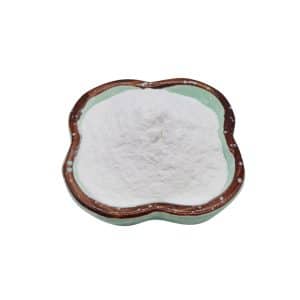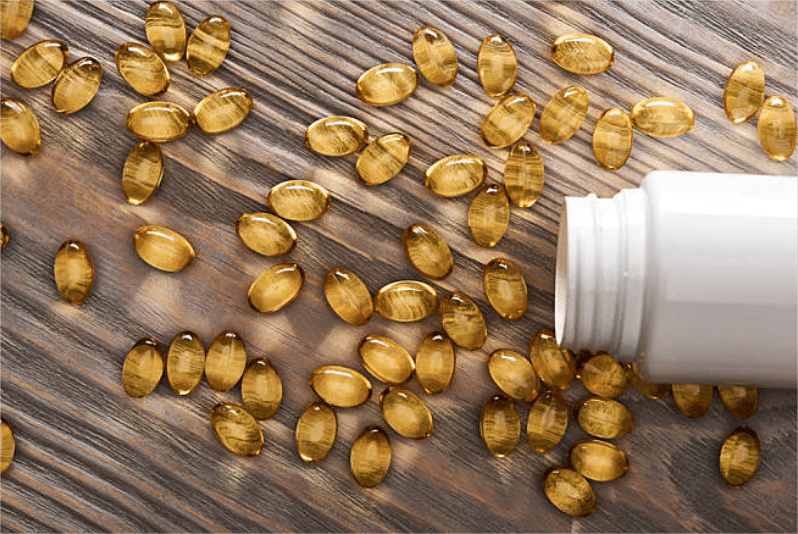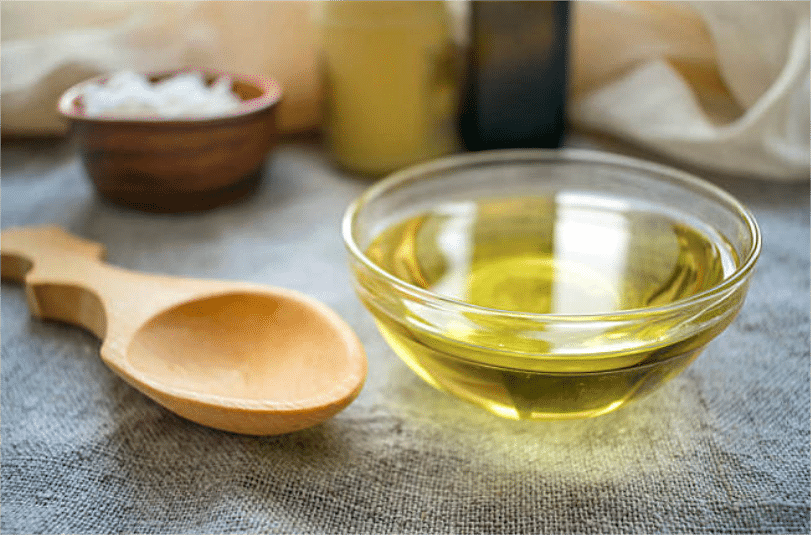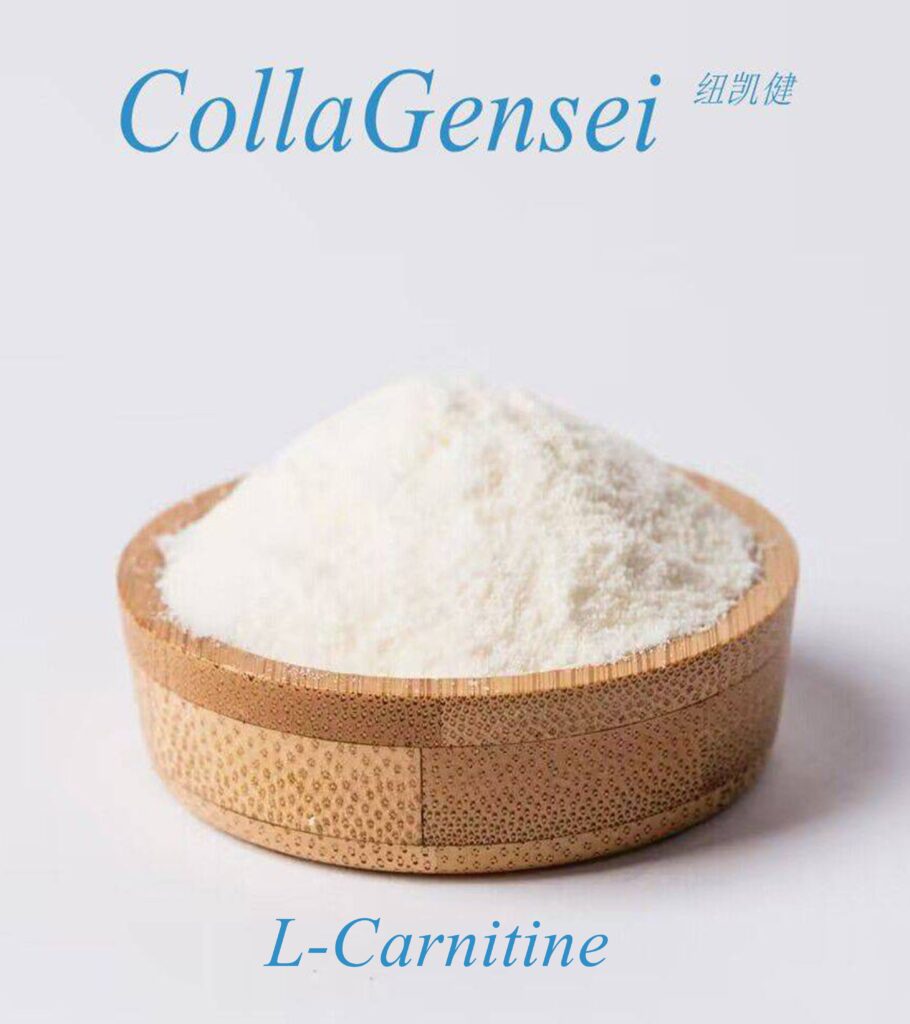Introduction
L-Alanine, a non-essential amino acid, plays a crucial role in various biological processes essential for maintaining human health. Despite being non-essential, its significance in protein synthesis, energy production, and overall metabolic functions underscores its importance. This article delves into the biochemical properties of L-Alanine, its physiological functions, dietary sources, potential health benefits, and any associated risks.
Biochemical Properties
L-Alanine, chemically known as α-alanine or 2-aminopropanoic acid, is one of the 20 amino acids that constitute proteins in living organisms. Structurally, it is a non-polar amino acid, characterized by its simple structure consisting of a central carbon atom bonded to an amino group (-NH2), a carboxyl group (-COOH), and a hydrogen atom (-H). The side chain of alanine is a methyl group (-CH3), which imparts its non-polar characteristics.
In biological systems, L-Alanine exists in two enantiomeric forms: L-alanine (the naturally occurring form) and D-alanine. L-Alanine is predominantly found in proteins and is involved in various biochemical pathways critical for cellular function.
Physiological Functions
- **Protein Synthesis**: As a constituent of proteins, L-Alanine plays a fundamental role in the synthesis of muscle tissue, enzymes, and other proteins necessary for cellular structure and function.
- **Energy Production**: L-Alanine serves as an important substrate for glucose synthesis through the process of gluconeogenesis. During times of fasting or increased energy demand, alanine is released from muscle tissue and converted into glucose in the liver, thereby maintaining blood glucose levels and providing energy to tissues.
- **Immune Function**: Some studies suggest that L-Alanine may play a role in supporting immune function, although the mechanisms are not fully understood.
- **Central Nervous System**: L-Alanine acts as a neurotransmitter in the central nervous system, contributing to the transmission of nerve impulses.
Dietary Sources
L-Alanine is naturally present in a variety of foods, both from plant and animal sources. Common dietary sources of L-Alanine include:
– **Meat**: Particularly red meat, poultry, and fish.
– **Dairy Products**: Milk, cheese, and yogurt.
– **Eggs**: Especially the egg whites.
– **Legumes and Nuts**: Such as peanuts, soybeans, and almonds.
– **Whole grains**: Including oats, wheat, and rice.
Health Benefits
- **Muscle Growth and Repair**: L-Alanine, as a component of muscle proteins, is essential for muscle growth, repair, and maintenance.
- **Blood Sugar Regulation**: Its role in gluconeogenesis helps regulate blood sugar levels, which is particularly beneficial for individuals with diabetes or those at risk of developing diabetes.
- **Supports Immune Function**: Although more research is needed, L-Alanine may contribute to immune health by supporting protein synthesis in immune cells.
- **Energy Boost**: By facilitating gluconeogenesis, L-Alanine provides an additional energy source during prolonged exercise or fasting.
- **Stress Reduction**: Some studies suggest that alanine supplementation may help reduce stress and improve mood, although further research is necessary to confirm these effects.
Potential Risks and Considerations
L-Alanine is generally considered safe when consumed through dietary sources. However, excessive intake of L-Alanine supplements may lead to potential risks, including:
– **Kidney Issues**: High levels of alanine can put strain on the kidneys, especially in individuals with pre-existing kidney conditions.
– **Imbalance of Amino Acids**: Excessive supplementation of single amino acids like L-Alanine can disrupt the balance of other amino acids in the body.
– **Allergic Reactions**: Some individuals may be allergic to amino acids, although allergies specifically to L-Alanine are rare.
Conclusion
L-Alanine, while classified as a non-essential amino acid, plays vital roles in protein synthesis, energy production, and overall metabolic function within the human body. Its presence in dietary sources ensures that most people obtain adequate amounts through a balanced diet. Understanding its biochemical properties, physiological functions, dietary sources, potential health benefits, and associated risks highlights its significance in maintaining optimal health and well-being. Further research into its specific roles in immune function and stress management could provide additional insights into its therapeutic potential. As with any nutrient, moderation and balance are key to harnessing the benefits of L-Alanine while minimizing any potential risk




